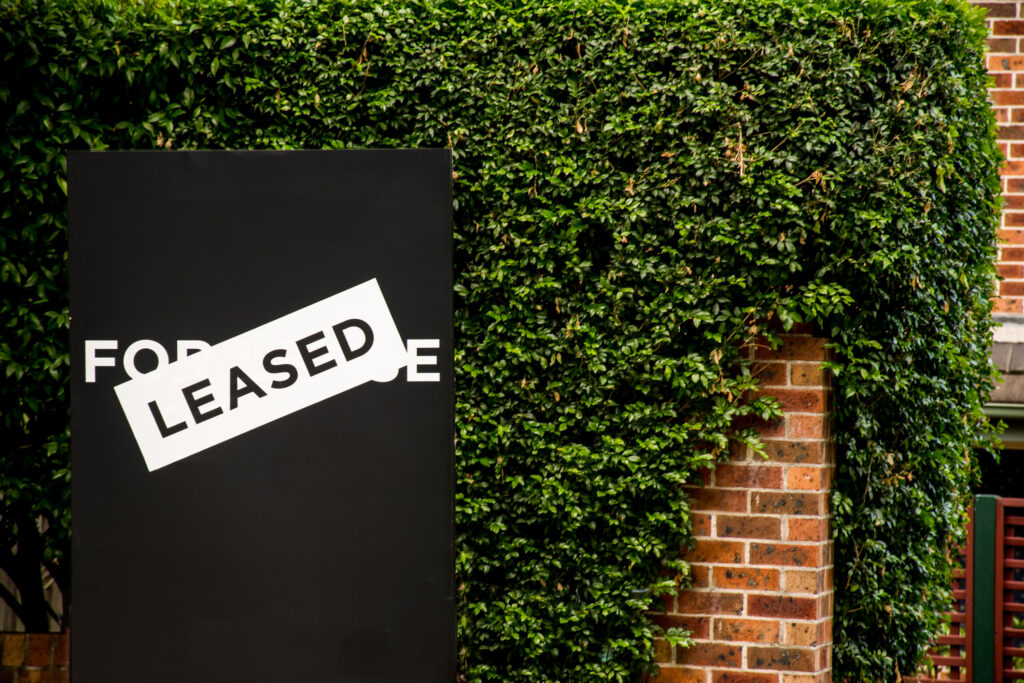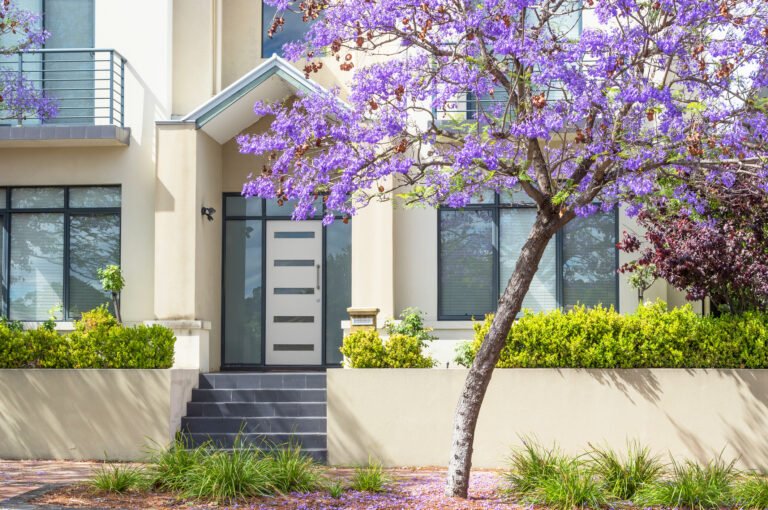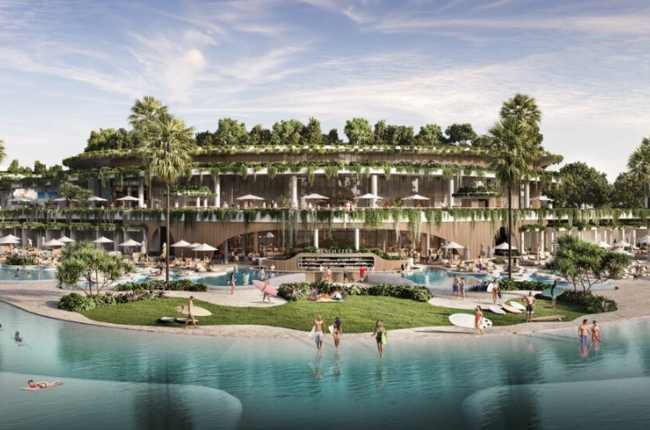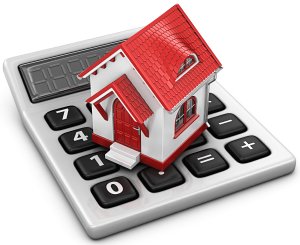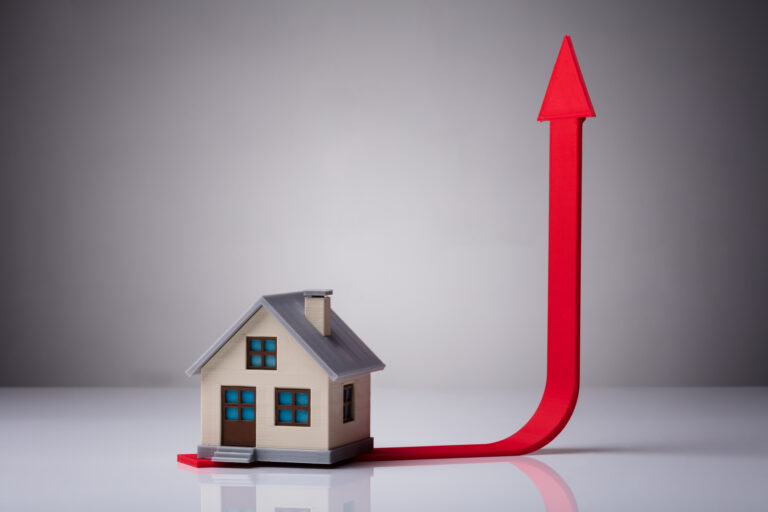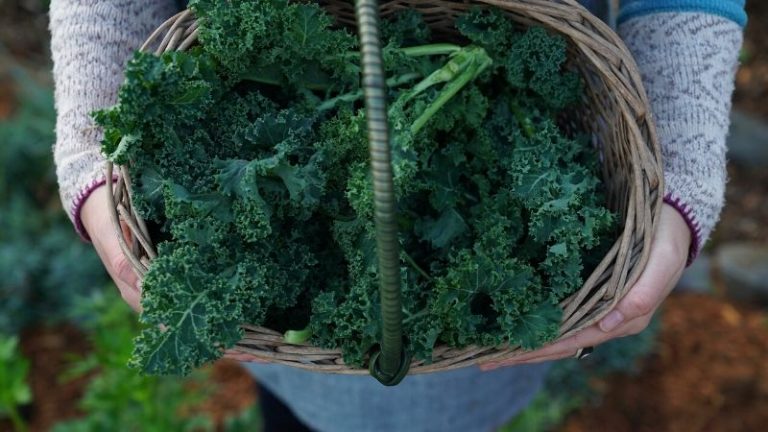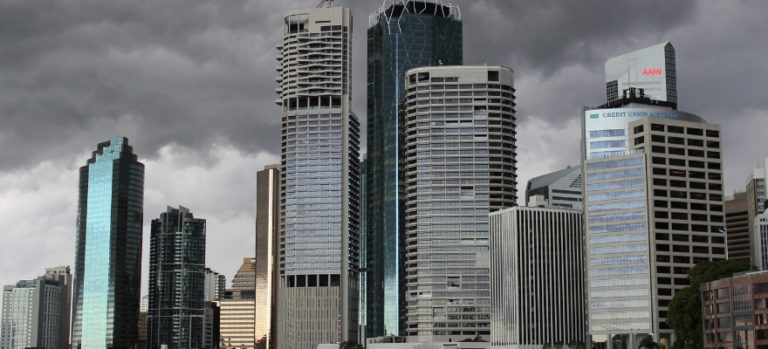Many Queensland regional centres have fewer than 50 rental properties available right now as the state’s housing shortage continues to worsen. There is a “perfect storm” of factors which have created a large number of towns and cities where people greatly outnumber the amount of property available. These factors include a lack of social housing available, the return of ex-pat Australians from overseas, interstate migration and homebuyer incentives. Master Builders executive Paul Bidwell says one major issue is “causing grief right across Queensland” and impacting the availability of housing stock. He says wait times for new houses to be built have blown out because of a material and trade shortage. Covid-19 has “smashed” supply chains which means builders who have signed contracts to deliver a house at a particular date for a set price have faced material cost increases of up to 25% and huge wait times for material delivery
Unit Markets Join Growth Party
While most national attention is focused on growth in house prices, apartment markets are increasingly providing price uplift, with the Gold Coast a standout market. All capital cities and state regional markets recorded some level of growth in their median unit prices in July, according to CoreLogic figures, led by increases in Regional Tasmania (2.7%), Regional South Australia (2.2%), Hobart (2.1%), Regional NSW (2.1%) and Darwin (1.8%). In the year to date, three capital cities and four state regional markets have recorded double-digit increases in their median unit prices. In annual terms, Hobart, Darwin and Regional Victoria have all recorded 20% increases in their median unit prices. The national average has been an increase of 8.7% in the past 12 months, with every capital city and regional jurisdiction achieving an increase above 5%. On the Gold Coast, 20 suburbs have recorded double[1]digit annual increases in their median unit prices, including Broadbeach, Currumbin, Surfers Paradise, Palm Beach and Tugun.
Quote of the Week
“The lift in national housing values over the past year is the fastest pace of annual growth since February 2004.”
CoreLogic research director Tim Lawless
Most Who Ask Get A Cut
Almost three-quarters of borrowers who ask for a rate cut get one, a new survey has found. A RateCity.com.au survey of over 1,000 mortgage holders found that, of those on a variable rate, 52% haggled with their bank for a lower rate. Over 73% of these people were successful in getting a rate reduction. A rate reduction of 0.25% could save the average mortgage holder $1,241 in interest after one year and $3,656 in three years – based on a $500,000 loan balance with 25 years remaining. While most changes to fixed rates in the last two months have been increases, the opposite is happening in the variable rate market – 49 lenders have reduced at least one variable rate in the past two months, while 10 lenders have increased variable rates. RateCity research director Sally Tindall says one phone call can potentially save the average variable rate mortgage holder thousands of dollars. “Variable rates are at record lows, however most of these deals are reserved for new customers, not existing ones, unless you specifically ask,” she says
